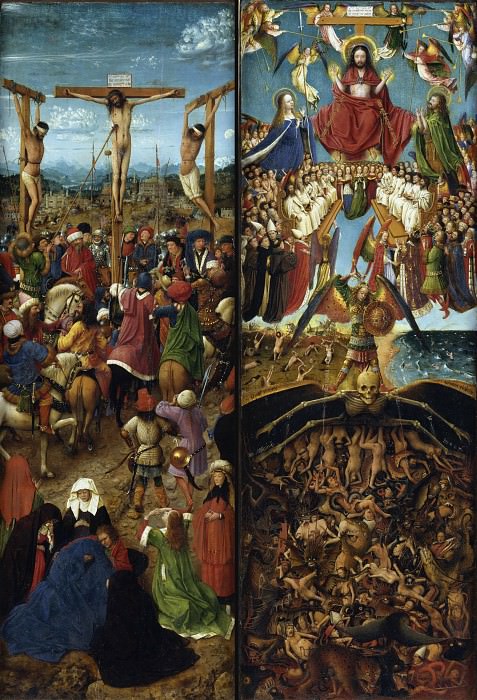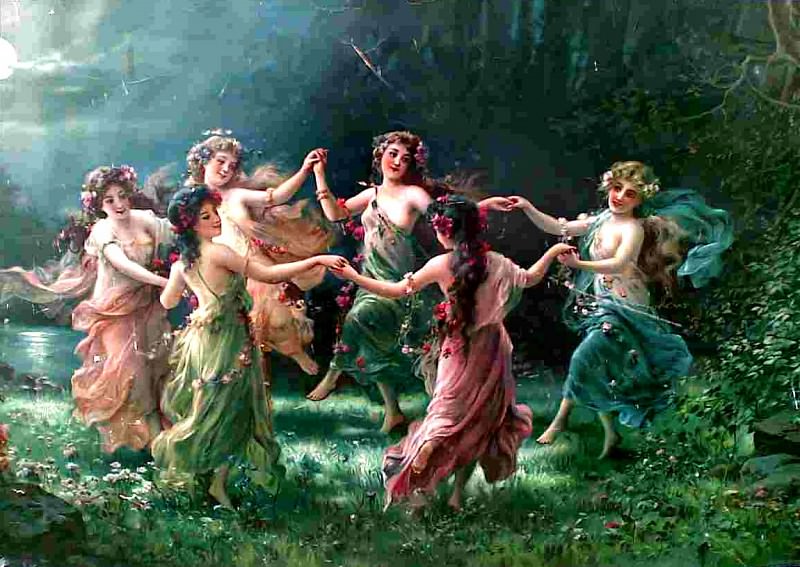Berthe Morisot: A Trailblazer in Impressionism
Berthe Morisot stands as one of the most significant figures in the Impressionist movement, not merely for her artistic prowess but also for her role in breaking barriers in a male-dominated art world. Born on January 14, 1841, in Bourges, France, Morisot's early life was imbued with culture and art, thanks to her affluent family. This environment fostered her talent and passion, allowing her to pursue a path that was unconventional for women of her time.
Early Influences and Education
From a young age, Morisot was exposed to the works of great artists and received formal training, which was rare for women during the 19th century. Her education under the guidance of Joseph Guichard, a student of the esteemed painter Jean-Auguste-Dominique Ingres, laid a strong foundation in classical techniques. However, it was her encounter with Camille Corot, a pivotal figure in the Barbizon School, that truly transformed her approach to art. Corot's influence encouraged Morisot to embrace plein air painting, a practice that would become central to the Impressionist ethos.
The Emergence of an Impressionist
Morisot's transition into Impressionism was marked by her association with Édouard Manet, who became both a mentor and a close friend. Their relationship was mutually influential, with Morisot often serving as a model for Manet. However, it was through her own artistic development that Morisot carved out her unique place within the movement. Her participation in the first Impressionist exhibition in 1874 was a bold statement, as she was the only woman among the founding members. Her works, characterized by their delicate brushstrokes, vibrant light, and intimate subject matter, garnered both praise and criticism, reflecting the controversial nature of the movement itself.
Signature Style and Themes
Morisot's style is distinguished by its lightness of touch and subtle yet expressive use of color. She had a remarkable ability to capture fleeting moments and the ephemeral qualities of light. Her subjects were often drawn from her immediate surroundings, focusing on domestic scenes, family life, and the private lives of women. This focus on intimate, everyday moments offered a fresh perspective within the Impressionist circle, which often leaned towards more public and grandiose themes.
One of her most celebrated works, "The Cradle" (1872), exemplifies her thematic focus and technical prowess. The painting depicts Morisot's sister Edma watching over her sleeping daughter, encapsulating a moment of tender motherhood with an exquisite interplay of light and shadow. This piece, like many others, showcases Morisot's ability to infuse ordinary scenes with profound emotion and beauty.
Challenges and Triumphs
Despite her talent, Morisot faced significant challenges as a female artist in a predominantly male art world. Her gender often overshadowed her accomplishments, leading to her being undervalued compared to her male counterparts. Nonetheless, she persisted, continually pushing the boundaries of her art. Her marriage to Eugène Manet, Édouard Manet's brother, provided her with emotional support and stability, allowing her to continue her work without the financial pressures that many artists faced.
Later Years and Legacy
In her later years, Morisot's work evolved, reflecting changes in her personal life and the broader artistic landscape. The birth of her daughter Julie in 1878 introduced a new muse and subject for her paintings. Julie appeared in numerous works, often depicted in serene, domestic settings that highlighted the joys and challenges of motherhood.
Morisot's participation in subsequent Impressionist exhibitions solidified her status within the movement. Her works were featured in almost all the Impressionist shows, and her influence extended beyond her immediate circle. She continued to experiment with techniques and compositions, showing a relentless pursuit of artistic growth until her untimely death in 1895.
Artistic Techniques and Innovations
Morisot's technique was innovative and distinctive. Her use of loose brushwork and soft, flowing lines contributed to the dreamlike quality of her paintings. Unlike many of her contemporaries who favored bold, impasto techniques, Morisot's approach was more delicate and nuanced. She often employed a light, airy palette, which added to the ethereal quality of her work.
Her choice of medium also set her apart. While oil painting was predominant, Morisot frequently used watercolor and pastel, which allowed her to explore different textures and effects. This versatility not only demonstrated her technical skill but also her willingness to experiment and push the boundaries of traditional painting methods.
Impact on Future Generations
Morisot's impact on future generations of artists cannot be overstated. As one of the few prominent female artists of her time, she paved the way for other women to pursue careers in art. Her success challenged the gender norms of the 19th century, inspiring countless female artists to follow in her footsteps.
Moreover, Morisot's focus on intimate, personal subjects offered a new perspective within the Impressionist movement. Her ability to elevate everyday moments to the level of fine art opened up new possibilities for subject matter and narrative in painting. This influence is evident in the works of later artists who continued to explore themes of domesticity and personal experience.
Critical Reception and Reappraisal
During her lifetime, Morisot received both acclaim and criticism. While some contemporaries appreciated her delicate touch and innovative compositions, others dismissed her work as overly feminine or lacking in substance. However, her reputation has undergone significant reappraisal in recent decades. Modern art historians and critics have come to recognize the depth and sophistication of her work, placing her on equal footing with other leading figures of the Impressionist movement.
Exhibitions of Morisot's work in major museums around the world have contributed to this reappraisal. Retrospectives and scholarly studies have highlighted her contributions to the development of modern art, shedding light on the unique qualities that make her work so enduring and influential.
Notable Works and Their Significance
In addition to "The Cradle," several other works by Morisot stand out for their artistic and historical significance. "Summer's Day" (1879), for instance, captures two women boating on a lake in the Bois de Boulogne, rendered with a light, breezy palette that conveys the leisurely atmosphere of the scene. The painting is celebrated for its masterful handling of light and reflection, showcasing Morisot's technical skill and keen observational eye.
"The Psyche" (1876), another notable work, depicts a young woman examining her reflection in a mirror. The painting is rich with symbolic meaning, exploring themes of self-awareness and feminine identity. The delicate brushwork and subtle use of color exemplify Morisot's ability to infuse her subjects with psychological depth and complexity.
The Influence of Personal Relationships
Morisot's personal relationships played a crucial role in her artistic development. Her close association with Édouard Manet provided her with invaluable mentorship and inspiration. Manet's encouragement and support were instrumental in Morisot's early career, helping her to refine her technique and develop her unique voice within the Impressionist movement.
Her marriage to Eugène Manet also had a profound impact on her work. Eugène's unwavering support allowed Morisot to balance her artistic pursuits with the demands of motherhood, providing her with the stability needed to continue her work. The couple's daughter, Julie, became a frequent subject in Morisot's paintings, symbolizing the intimate connection between her personal and professional life.
Morisot's Role in the Impressionist Exhibitions
Morisot's involvement in the Impressionist exhibitions was pivotal to the movement's success. Her participation in almost all the exhibitions demonstrated her commitment to the group's principles and her belief in the power of collective artistic expression. Her presence helped to legitimize the movement, attracting attention and support from both critics and the public.
The exhibitions provided Morisot with a platform to showcase her work alongside other leading artists of the time, including Claude Monet, Pierre-Auguste Renoir, and Edgar Degas. This exposure helped to establish her reputation and secure her place within the canon of modern art.
The Enduring Appeal of Morisot's Art
The enduring appeal of Morisot's art lies in its ability to capture the beauty and complexity of everyday life. Her paintings offer a window into the private world of women and children, rendered with sensitivity and grace. The emotional resonance of her work continues to captivate viewers, making her one of the most beloved figures in the history of art.
Morisot's legacy is celebrated in major art institutions around the world, with her works featured in the collections of the Musée d'Orsay in Paris, the National Gallery of Art in Washington, D.C., and the Metropolitan Museum of Art in New York, among others. These collections ensure that her contributions to the art world are recognized and appreciated by future generations.
Conclusion
Berthe Morisot's art is a testament to her talent, resilience, and innovation. As a pioneering female artist in the Impressionist movement, she broke new ground and paved the way for future generations of women in art. Her delicate brushwork, masterful use of color, and intimate subject matter continue to inspire and enchant viewers, securing her place as one of the most important figures in the history of modern art. Through her work, Morisot not only captured the essence of her time but also left an indelible mark on the art world, one that resonates to this day.




